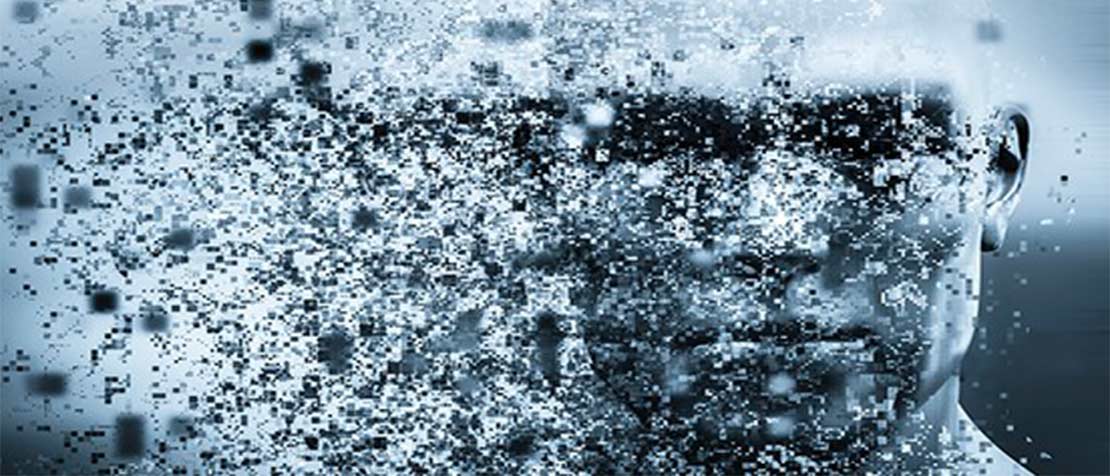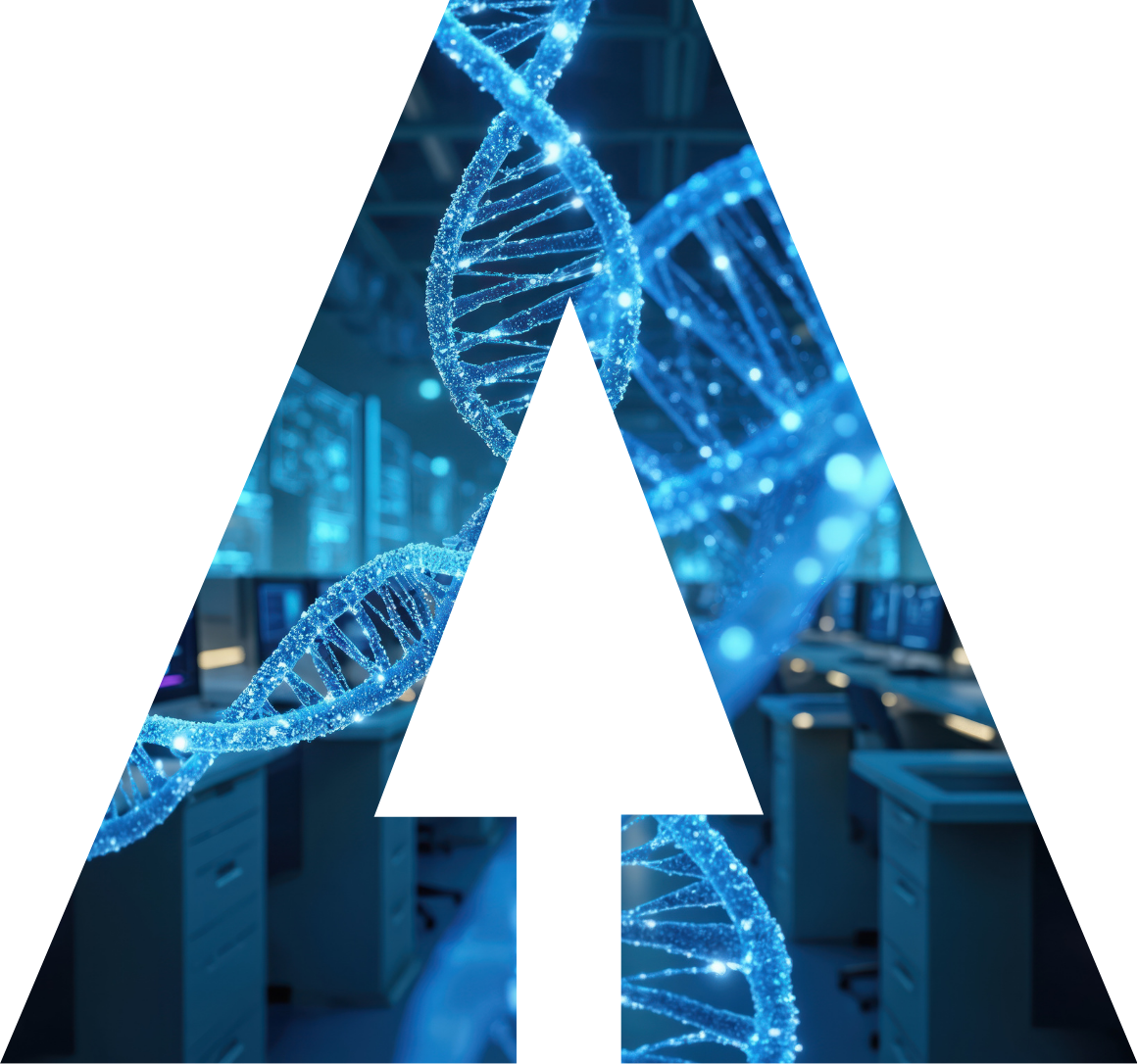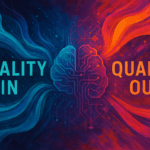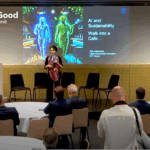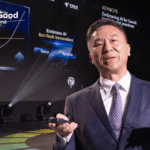At their core, ‘AI for Social Good’ projects use artificial intelligence (AI) hardware and software technologies to positively impact the well-being of people, animals or the planet – and they span most, if not all, of the United Nations Sustainable Development Goals (SDGs).
The range of potential projects continues to grow as the AI community advances our technology capability and better understands the problems being faced.
One of the interesting aspects about several of Intel’s ‘AI for Social Good’ projects is that no new or novel technology was required.
Our team of AI researchers at Intel achieved success by working with partners to understand the problems, collecting the appropriate data, retraining algorithms, and molding them into a practical solution.
In fact, the call for proposals to be shared at upcoming AI for Social Good workshops held at NeurIPS and ICLR stated that submitted projects ‘do not necessarily need to be of outstanding theoretical novelty.’
At their core, an AI for Social Good project requires the following elements:
- A problem to solve, such as improving water quality, tracking endangered species, or diagnosing tumors.
- Partners to work together in defining the most complete view of the challenges and possible solutions.
- Data with features that represent the problem, accurately labeled, with privacy maintained.
- Compute power that scales for both training and inference, no matter the size and type of data, or where it lives. An example of hardware choice is at ai.intel.com/hardware.
- Algorithm development, which is the fun part! There are many ways to solve a problem, from a simple logistic regression algorithm to complex neural networks. Algorithms match the problem, type of data, implementation method, and more.
- Testing to ensure the system works in every way we think it should, like driving a car in rain, snow, or sleet over a variety of paved and unpaved surfaces. We want to test for every scenario to prevent unanticipated failures.
- Real-world deployment, which is a critical and complicated step that should be considered right from the start. Tested solutions need a scalable implementation system in the real world, or risk its benefits not seeing the light of day.
At the end of May, Intel AI travels to Geneva, Switzerland, for the UN’s AI for Good Global Summit hosted by ITU and will speak to each of these elements in a hands-on workshop.
We will cover the basics of AI, provide examples of how it can be used, and give attendees virtual access to easy-to-use Jupyter Notebooks running Python code so they can practice techniques we discuss throughout the day. The workshop is designed to give participants the information they need to better leverage the capabilities of AI.
Among the most powerful tools we have to affect change in our world are those to connect, innovate, and synthesize ideas, using the latest available technologies and resources.
Revitalization of global partnerships for sustainable development is one of the UN’s 17 goals, and we expect to see it in force during the AI for Good Summit. Until then, we hope the projects shared on Intel’s AI for Social Good site demonstrate the power that technology has to do great things, especially when we come together as a community to solve complex problems.


